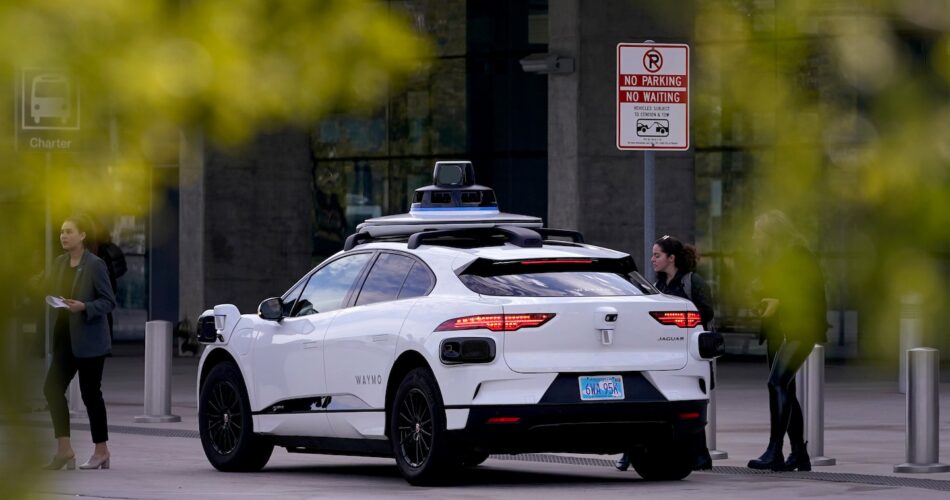For self-driving cars to drive autonomously, they require large amounts of computing power to run sophisticated algorithms and onboard camera systems to navigate traffic safely.
While the findings are only projections, Soumya Sudhakar, a lead MIT researcher on the study, said the results should make self-driving car researchers and makers realize that “business-as-usual” is not enough, and computing efficiency should be at the forefront of their minds.
“This has the potential to become an enormous problem,” she said in a statement. “But if we get ahead of it, we could design more efficient autonomous vehicles that have a smaller carbon footprint from the start.”
Major auto manufacturers, from Tesla to GE, have made big bets on self-driving cars fueling the future. But they have been plagued with safety concerns, technological challenges and delays. Still, the industry was roughly valued at $22 billion in 2022 and could grow to nearly $76 billion by 2027, market statistics show.
To study the impact of this level of growth, researchers built a model to calculate how much emissions computers onboard a fleet of fully electric, autonomous vehicles, would generate, study scientists said.
The model estimated roughly 1 billion vehicles in a global fleet, along with power each car’s computer would use of roughly 840 watts, the average hours they are individually driven, and the carbon intensity of the electricity powering each computer.
While that equation seems “deceptively simple,” Sudhakar said, it is difficult to calculate, because it’s still uncertain how self-driving vehicles would change driving habits.
For instance, some research says self-driving cars would lead to longer drive times, because people can multitask. Others say drive time would decrease, because computers would find the quickest ways to destinations.
Researchers also found that to keep computer-generated emissions from spiraling out of control in the coming decades, each autonomous vehicle would need to consume less than 1.2 kilowatts of energy for computing, which would require hardware to double in efficiency roughly every 1.1 years, a “significantly faster pace” than what’s being done currently.
In some scenarios, scientists also found that self-driving companies would need to make their computer hardware double in efficiency roughly every year in order for a global fleet to not blow past these emissions estimates by 2050.
To boost efficiency, researchers said, scientists could develop specialized hardware designed to run specific driving algorithms, and power navigation and perception tasks. But that comes with a challenge, Sudhakar said, since vehicles often have 10- to 20-year life spans, so any current hardware upgrades might not be “future-proof” to run new algorithms.
Researchers could also try to make algorithms more efficient and require less computing power, but they might have to trade off accuracy for efficiency and potentially impact vehicle safety, study authors said.
Vivienne Sze, a study author and associate professor in MIT’s Department of Electrical Engineering and Computer Science, said she hopes self-driving carmakers will take into account the emissions output and carbon efficiency of their technology.
“The energy consumption of an autonomous vehicle is really critical,” Sze said. “Not just for extending the battery life, but also for sustainability.”
Source link



